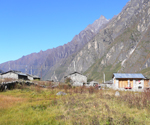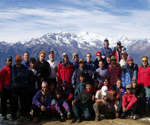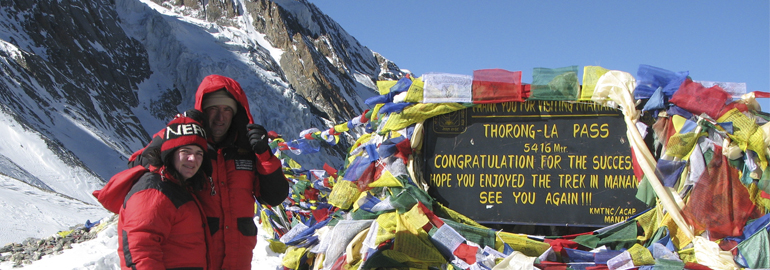
15 Important things to know before trekking in Nepal
These are some of the important facts and questions that are frequently asked by the trekkers before the trek. Please, write us a short note if you find this information useful. NEAT
1. Do I need Trekking Pre-fitness and workout?
Trekking in Nepal is a unique experience. So, to get maximum enjoyment you should be physically and mentally prepared. During the trek, you might have to hike approximately 5-6 hours almost everyday or 500-600m uphill or downhill. So, preparation should commence months before-walking, jogging, hiking and physical training would be very helpful. To learn more about trekking pre fitness consult our trekking fitness expertise http://www.trekprepfitness.com.au/
2. Should I trek in a group or independently?
Doesn’t matter either you are man or woman; there should be no problem to trek in-group or independently. It is very safe to travel in Nepal. Whichever part you visit, the local people are very friendly and helpful. The crime rates with tourist are very neglegible. However, it would be easy and fun for you if you have your own group. If you wish to join a group then NEAT can arrange a group trek according to your request. You would be joining the group in Kathmandu. Whereas, If you want to have a solo trip then we are always ready to help you again with single supplement charge. We will try our best to make your holidays more fun and adventerous in the Himalayas.
3. What to pack in your bag pack while trekking in Nepal?
Things to bring obviously depend upon what kind of trek, how long you will be doing, how high your going and a season.
The key to sensible packing is to take just what you’ll need to make yourself comfortable enough to enjoy the trek. Let us point out some essentials:
The basic essential
Sleeping Bags
Footwear and footcare
Clothes-Jacket, Jersey, Trousers, Windproof, Downjackets, Shirts, underwear, Shocks, Hat, Gloves, swimsuit, Towels, Rain gear
Toiletries-soap, shampoo, toothpaste, Suncream and lip balm
Medical Kit-paracetamol, aspirin, diamox, anitiseptic cream, insect repellent, cold/flu relief tablets, bandage, knee supports, multi-vitamins tablets, water purification tablets
General items-sunglases, torch/flashlight, penknife, clothes washin liquid, pocket games, walking sticks, water bottle,
4. How is Food and accommodation duirng trek?
In the cities like Kathmandu and Pokhara, there are European standard hotels and food are available. During the trek, accommodations are provided in teahouses or guesthouses with limited facilities. Generally, in most of the teahouses, they serve all varities of western foods like pizza and speghetti. However, the herbs and species are local based.
5. What is trekking guide and porters? Do I need to hire them?
Trekking guides are trained and licensed by Ministry of Tourism and authorised to guide the tourist in the mountains. Having a guide will make your trek more safe, easy, comfortable, enjoyable and can increase cultural appreciation and interaction with local people by explaining things and acting as a interpreter.
Porter can carry your backpacks under some minimum charges. Porter-guide, who can speak english and will carry light pack but charges a little more than a porter.
Apart from the advantages of taking a load off your back, the money you spend directly goes to the local economy. Also, do not forget to tip them for their service.
6. How much budget I need to trek in Nepal?
The money can go as the way you want. An average travellers will approximately spend $20-$30 per day per person on trek. Whereas, in the cities like Kathmandu and Pokhara, varieties of hotels are available for the tourist with the starting price from approximately $10 as per your requirement.
7. Why is Acclimatization necessary?
While planning your itinerary, acclimatization must be taken into consideration about the altitude and other factors to minimize the chance of getting AMS.
Altitude gains-your trek is designed to gain around 600 meters (vertical) altitude daily.
Acclimatization - rest days are included in itinerary to help body adjust to new altitude.
Each trekker must accept responsibility and trek slowly - observe the steps at which the porters and guide walks. There are no worthwhile prizes for getting to destination in record time - generally AMS.
Treatment: Mild symptoms - staying at same altitude may resolve symptoms. If there is no improvement, descend to lower level.
Severe (HAPE + HACE) - descend immediately, as failure to do so could result in death. If symptoms persist you may need to be carried to nearest medical facility or evacuated by helicopter.
8. Do you have your Travel Insurance?
We strongly recommend the purchase of trip cancellation and travel insurance. This comprehensive travel insurance provides coverage for trip cancellation and interruption, travel delays, loss of baggage and travel documents, baggage delay, medical expenses and emergency assistance.
9. How is Climate and Weather in Nepal?
Climate in Nepal is diversified depends on season. From the low level to highest point of the World, it starts from hot to cold region from South to North. You can travel Nepal in any season but the best time to trek is autumn & spring. If you are in autumn the weather is perfect and sky is crystal clear but in spring the weather seem little cloudy but the full blossoming Rhododendrons are awesome. In summer visibility is poor and there is less chances to see the himalayas and in winter it is very cold in mountain but still possible to do this trip.
10. How can I get Nepalese Visa, what are Requirements And Process?
Before you travel to Nepal please check your passport and validity date. Passports must have at least 6 months validity after finish date of your trek. During booking, it is necessary to send us the passport copy and passport size photo. To travel in Nepal, you will require a visa which you can obtained from Nepalese Embassy at your country or you can get on arrival visa at the TIA(Tribhuwan International Airport) airport in Kathmandu.
Here is general list of Nepalese visa fee as below and for more detail visit http://immi.gov.np/
Cost to be levied while issuing tourist visa by the Mission or entry point:
- • US Dollars 25 or other convertible foreign currency equivalent thereto for 15 days multiple entry visa.
- • US Dollars 40 or other convertible foreign currency equivalent thereto for 30 days multiple entry visa.
- • US Dollars 100 or other convertible foreign currency equivalent thereto for 90 days multiple entry visa.
Notwithstanding anything written in above, no visa fee shall be applicable to the passport holder of member states of the South Asian Association for Regional Cooperation (SAARC) for 30 days.
11. How can I get Trekking Permits and Entry Charge?
Before you trek in any trekking region, you need to obtain the entry permits and TIMS permit first. It can be issed at Tourism Board Office. If you are booking with the trekking agencies then you do not need to worry about it. The trekking agencies will handle all the legal documents. All the applicable permits and entry fees are including on the given cost except personal contribution and donations. In case of extra charge and payment, the agency will inform you.
12. Are you and your trekking agencies insured?
Trekker’s health is very important for the tour operator, as we should know your health condition before making reservation with us. To do this trek, the trekkers should have good fitness and require great stamina and good health. Make sure all your Trekking guide and potter are insurance before trekking. For the medical information you should contact your medical consult before planning your trip to Nepal.
13. What environmental contribution and social roles do I have?
NEAT is highly aware with Environmental concern and keep right ecological system. There shouldn’t be awful impact while you travel around Nepal. We involve campaign of cleaning trekking trails, works with KEEP project etc. Westerners might easily influence the Nepalese society and culture with their luxurious lifestyle. Therefore, self-awareness is vey important with the tourist.
14. What can you do to help Nepal?
If you find Nepal a really beautiful place to be then, kindly visit again, spread your good words and recommend people to go to Nepal for trekking.
15. Should I book with trekking agent or just go by myself?
Trekking with trekiing agencies will make your trip organized and stress free. You do not need to worry about booking hotels, buses, flights, and to avoid unwanted circumstances or any thing. NEAT will take care of you until you leave the countries with some good experiences.
Support the local company and the money directly goes to local community, which helps to improve the economic condition of developing countries.
Please contact us via e-mail or phone to check the availability and possibilities to book the trip in your date. We will gladly answer your each quires promptly so that you can make your decision faster.

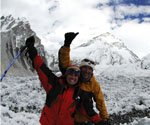
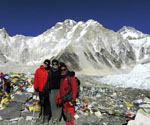
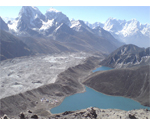
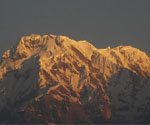
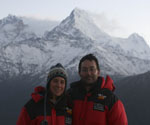
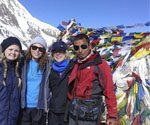
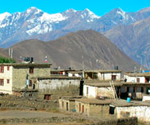
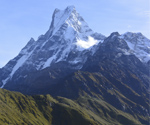
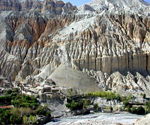
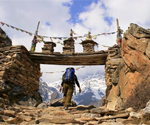
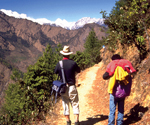
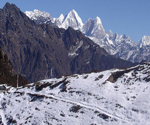
.jpg)
